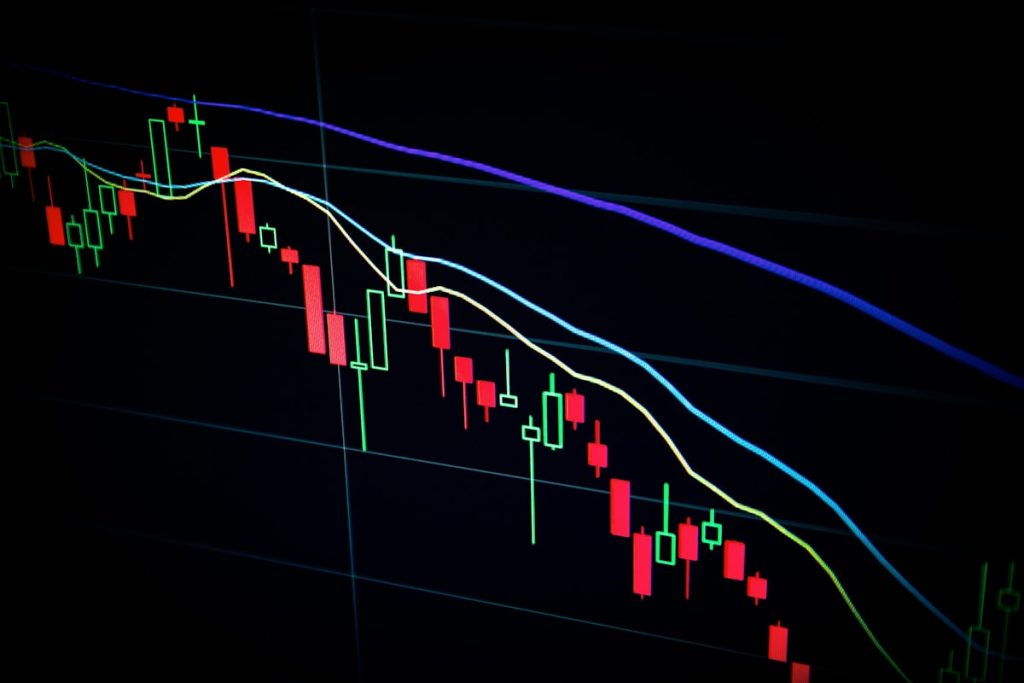Stocks Slip as Trade War Deadline Looms
The major equity indexes closed lower this week, reflecting heightened anxiety over the impending deadline in the U.S.–China trade negotiations. Investors are grappling with the prospect that a failure to reach a new agreement could trigger a fresh wave of tariffs, disrupting supply chains that have already been strained by the pandemic and geopolitical tensions.
On Friday, the S&P 500 fell 1.2 %, the Dow Jones Industrial Average slipped 0.9 %, and the Nasdaq Composite dropped 1.4 %. The declines were broad‑based, with technology, industrials, and consumer discretionary stocks all registering double‑digit point losses. Sector leaders such as Apple, Boeing, and Caterpillar were among the biggest losers, underscoring the market’s sensitivity to any hint of an escalation.
Why the deadline matters
The two‑month countdown to the March 1 deadline set by the White House is now a focal point for traders. The deadline marks the end of a temporary truce that allowed certain tariff exemptions to remain in place. If the two sides cannot agree on a framework by then, the United States has signaled it will reinstate the full 25 % tariff on $200 billion worth of Chinese imports, while China has threatened to respond with equivalent duties on U.S. goods.
Such a scenario would increase the cost of raw materials for U.S. manufacturers, raise consumer prices, and potentially erode profit margins for companies that rely heavily on cross‑border components. The uncertainty surrounding these outcomes has prompted a wave of defensive positioning in the market.
Key market indicators
- Volatility index (VIX): The VIX rose to 22.7, its highest level in three weeks, indicating growing fear of a sharp market move.
- Currency markets: The Chinese yuan weakened to 7.23 per dollar, reflecting concerns over capital outflows if trade talks stall.
- Commodity prices: Copper and aluminum futures slipped 2 % and 1.8 % respectively, as traders anticipate reduced demand from manufacturers.
Investor strategies amid the impasse
Many portfolio managers are shifting toward assets that historically perform well during trade‑related turbulence. These include:
- U.S. Treasury securities, especially short‑term bonds that offer safety without excessive duration risk.
- Gold and other precious metals, which tend to gain traction as a hedge against geopolitical risk.
- Companies with low exposure to China, such as domestic consumer staples and utilities.
Conversely, firms with large Chinese supply chains or substantial export revenues to Asia are seeing increased short‑selling activity. Analysts caution that while defensive moves can protect capital in the short term, they may also lock investors out of potential upside if a deal is reached at the last minute.
What to watch next
The next few days will be critical for market direction. Key events to monitor include:
- The upcoming bilateral meeting in Washington scheduled for February 28, where senior trade officials from both nations are expected to present draft proposals.
- Comments from the Federal Reserve regarding inflation pressures that could be exacerbated by higher import costs.
- Corporate earnings reports from firms most exposed to China, which will provide insight into how real‑world operations are feeling the pressure.
In summary, the looming trade war deadline has injected a fresh dose of volatility into equity markets. While the exact outcome remains uncertain, the current sell‑off reflects investors’ prudence in the face of possible tariff escalations. Market participants should stay alert to policy updates and be prepared to adjust their risk exposure as the deadline approaches.



